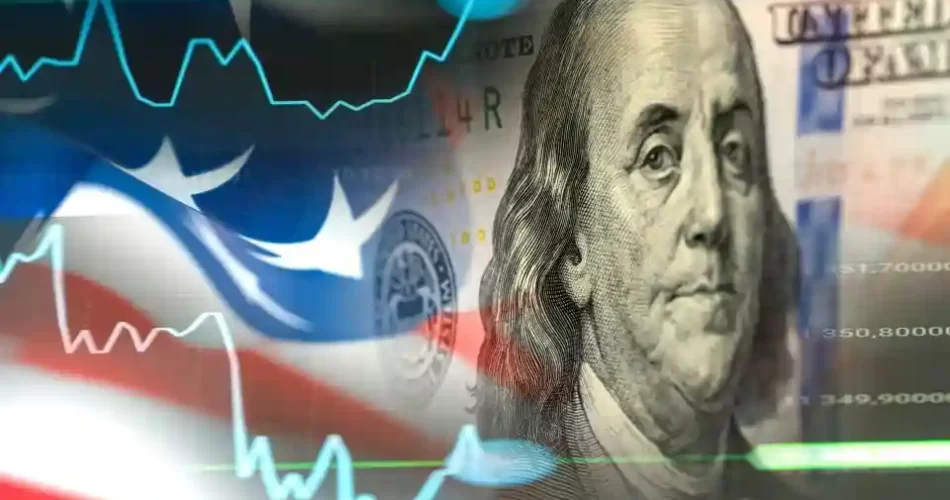The odds of a recession on the doorstep dropped from 20% to 15% according to analysts at Goldman Sachs, who forecast that the Fed is unlikely to ease its anti-inflation monetary policies this year.
According to an analysis published by Goldman Sachs economists, the odds of a U.S. recession next year have been reduced to 15%, affirming that the chances of avoiding one are higher than previously thought.
Jan Hatzius, strategist at Goldman Sachs and one of the specialists in developing the report mentioned that “first, it looks like real disposable income will accelerate again in 2024 thanks to continued strong job growth and rising real wages,” he said.
For the analyst, “we still strongly disagree with the idea that increasing drag from ‘long and variable lags’ in monetary policy will push the economy into recession,” he noted.
The latest forecast for a recession on the doorstep by one of the world’s largest investment banking and securities groups was 20% that would unfold over a time frame of about 12 months, taking into account various aspects such as inflation and the labor market.
The influence of the Fed’s strategies
Since last year, the Federal Reserve has pushed a series of strategies to bring the inflation rate to 2%, but those monetary policies such as steadily raising interest rates to their highest point in more than 20 years have weighed on the resilient labor market and other sectors of the country’s economy.
Economists suggest that already these Fed measures are ending as the unemployment rate rises and wages stagnate again while core inflation moderates.
In this regard, Hatzius noted that “on net, our confidence that the Fed has finished raising rates has grown over the past month. That said, Fed officials are unlikely to move quickly toward looser policy unless growth slows more than we forecast in coming quarters. Therefore, we expect only very gradual cuts,” he said.
However, the Fed has already anticipated several developments and expects to raise interest rates twice more by the end of this year after 11 hikes to the current range of 5.50%.
But, rather than strong inflation, it is the labor market that has been surprisingly resilient to the constant interest rate hikes, although it seems that in the last report it showed signs of weakening, with the unemployment rate at its highest level of 3.8%.

